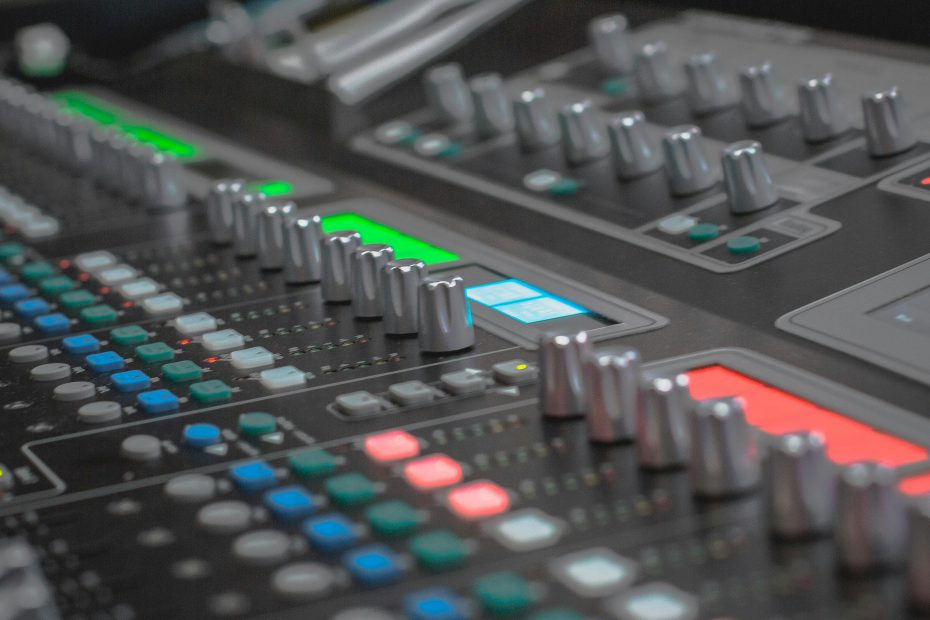Exploring Unconventional DI Box Outputs in a PA System
In most traditional setups, a DI (Direct Injection) box converts high-impedance unbalanced signals—like those from guitars or keyboards—into balanced mic-level signals for feeding into a mixing console. But what if we flip the script and design a DI box with a +4dBU balanced line level output instead of mic level? In the context of a modern PA system, this isn’t just possible—it might even be preferable in certain scenarios.
In this article, we’ll dive into the technical implications, use cases, and design considerations of using a +4dBU balanced DI box in a PA system. Whether you’re a sound engineer, DIY audio tinkerer, or just curious about pushing beyond convention, this guide will expand your understanding of signal interfacing in PA systems.

Understanding the Role of a DI Box in a PA System
The Traditional Mic-Level Output Approach
Standard DI boxes output mic-level signals (~ -30 to -10dBV) so they can safely connect to the microphone inputs of mixing desks. This is ideal when the PA system is set up for high-gain, low-noise applications.
The Issue with Matching Line-Level Devices
Sometimes, connecting a line-level source like a synthesizer or audio interface through a DI box creates gain-staging challenges in the PA system, especially when multiple stages of unnecessary attenuation and amplification are introduced.
Why Consider +4dBU Line-Level Output?
Creating a DI with a balanced +4dBU output means your signal is immediately at professional line level, ready to be interfaced directly with power amps, line-level inputs on a console, or digital audio networks—common in modern PA system architectures.
Technical Design Considerations for Line-Level DI in a PA System
Output Stage Requirements
A +4dBU balanced output requires a robust output driver, capable of maintaining low distortion while driving long cables in a PA system. This often means using op-amps with low output impedance or transformer-balanced designs with high headroom.
Impedance Matching
To ensure optimal performance in a PA system, input impedance should still be high (1MΩ or higher) for instrument-level sources, while the output impedance should be low enough (~100Ω) to avoid signal loss or coloration.
Power Considerations — Active vs Passive
Passive DI boxes can’t generate line-level output on their own, so +4dBU designs must be active, requiring phantom power, batteries, or dedicated DC supplies. In a PA system where phantom power is readily available, this is often an easy solution.
Benefits of Line-Level DI Output in a PA System
Simplified Gain Staging
By skipping preamp stages, you can maintain a clean, strong signal path across the PA system, improving clarity and reducing the chance of clipping or added noise from mic preamps.
Compatibility with Modern Mixers and DSPs
Today’s digital mixers often include multiple line-level balanced inputs. A +4dBU DI box can directly feed these, streamlining workflow and improving flexibility in a PA system setup.
Extended Cable Runs Without Noise
Balanced line-level signals have better signal-to-noise ratios over long distances. In large venues or outdoor PA system deployments, this can make a significant difference in fidelity.
Real-World Use Cases for Line-Level DI Boxes in PA Systems
Live Electronic Music and Synthesizers
Synths often operate at line level already. Using a +4dBU DI box eliminates unnecessary padding and re-amplification, preserving the dynamic range in a PA system.
Professional Audio Interfaces or DAW Playback
When sending playback tracks or clicks from an audio interface to the PA system, a line-level DI ensures optimal headroom and prevents overdriving the mic inputs.
On-Stage Monitor Distribution and Submixing
A band may submix on-stage using a small mixer, sending the stereo mix at +4dBU via DI into the main PA system—ensuring a consistent, high-quality signal for FOH engineers.
Challenges and Caveats with Line-Level DI Boxes in PA Systems
Input Overload Risk
If an engineer mistakenly plugs a +4dBU output into a mic pre, the preamp might overload or distort. Proper labeling and education are key in preventing such mishaps in a PA system.
Phantom Power Safety
Some active DI boxes powered by phantom power may require protection circuitry to prevent damage when connected to line-level gear, especially in complex PA system environments.
Lack of Standardization
Since mic-level DIs are industry-standard, FOH engineers may not anticipate line-level DI output. Always communicate clearly when integrating these units into a shared PA system.
A Modern Twist on an Essential Tool for PA System Integration
While unconventional, a +4dBU balanced DI box offers unique advantages in today’s high-resolution, digital-forward PA system environments. By bypassing traditional mic preamps and embracing strong, clean line-level signals, you can improve headroom, reduce noise, and simplify signal chains—particularly for instruments and devices that are inherently line-level.
As with all pro audio tools, success lies in proper implementation. Understanding the needs of your specific PA system and training your crew accordingly ensures smooth operation and optimal sound every time.
